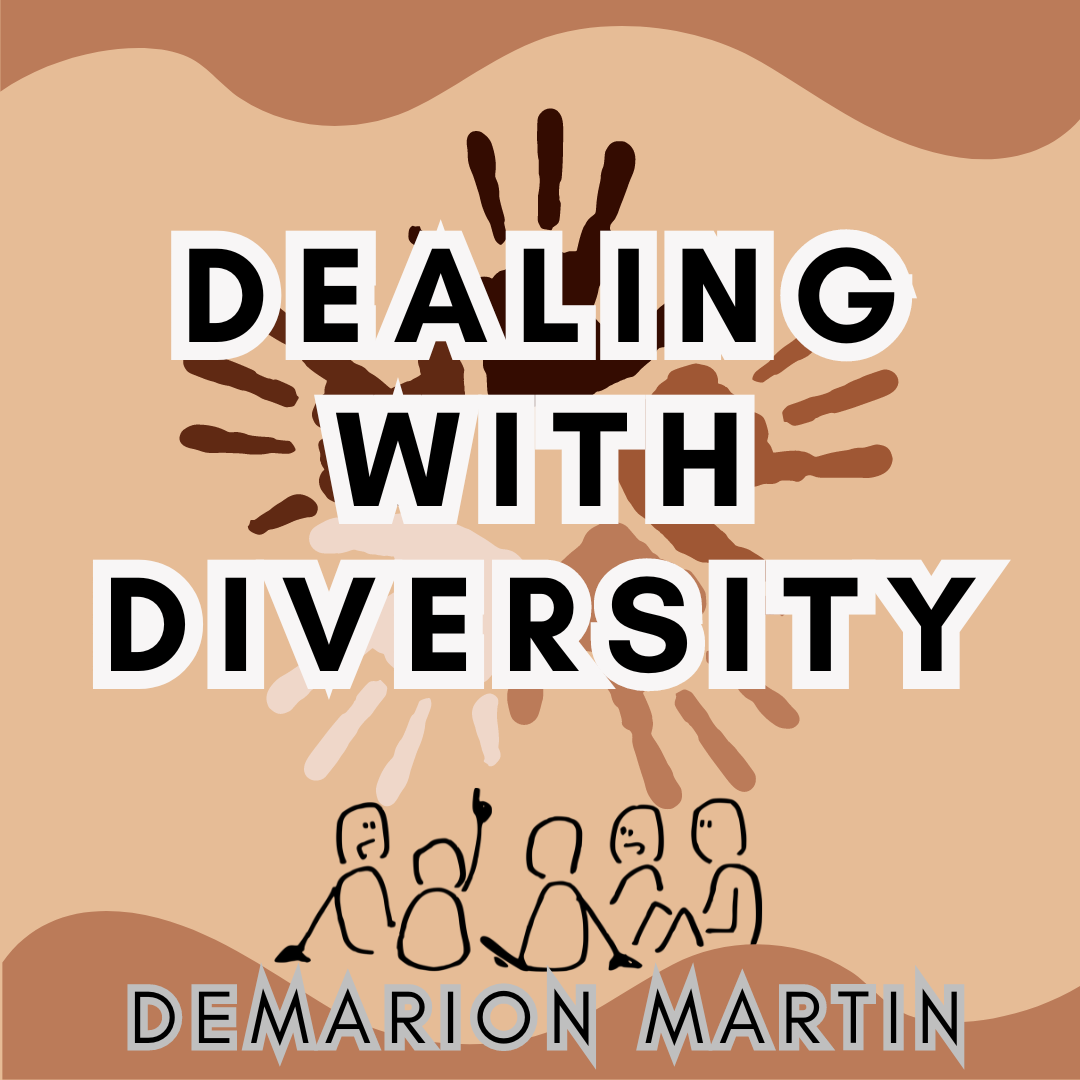In recent years, there has been a growing trend of white students enrolling in Historically Black Colleges and Universities (HBCUs), sparking discussions about diversity, representation, and the implications of their presence on these historically Black spaces.
Traditionally established to provide higher education opportunities for Black Americans during segregation, HBCUs have long served as bastions of Black culture, identity, and empowerment. However, as the demographics of these institutions evolve, questions arise about the impact of increasing white enrollment on the unique experiences and opportunities available to Black students.
While the number of white students at HBCUs remains relatively small compared to historically white institutions (HWIs), their presence is notable. Some white students are drawn to HBCUs by academic programs, cultural offerings, or the desire for a more diverse educational experience. Others may be athletes recruited to bolster sports programs or individuals seeking a deeper understanding of Black history and culture.
For these white students, attending an HBCU can be a transformative experience. They often find themselves immersed in a rich tapestry of Black culture, traditions, and perspectives that challenge their preconceptions and broaden their understanding of race and identity. Many forge meaningful relationships with their Black peers and faculty members, fostering a sense of community and mutual respect.
However, the presence of white students at HBCUs also raises concerns about the preservation of these institutions’ cultural and historical significance. Some argue that the influx of white students could dilute the unique identity of HBCUs and detract from the spaces that were specifically created to uplift and empower Black communities and spaces .
Moreover, there are ongoing discussions about the privilege and responsibility that white students bring with them to HBCU campuses. Recognizing their own privilege, many white students strive to be allies to their Black peers, amplifying their voices and advocating for social justice initiatives. Yet, they must navigate the complexities of race and power dynamics in a setting where they are often in the racial minority.
In conclusion, the presence of white students at HBCUs highlights the complexities of diversity and the evolving nature of higher education in America. While their enrollment brings opportunities for cross-cultural exchange and understanding, it also prompts important conversations about equity, inclusion, and the preservation of Black spaces. As HBCUs continue to adapt to changing demographics, it is essential to prioritize the voices and experiences of Black students while fostering an environment that welcomes students of all backgrounds.

